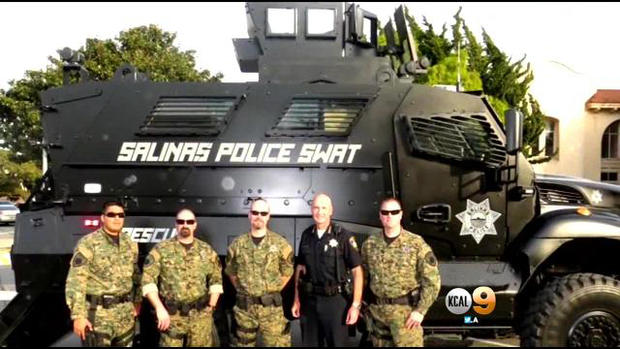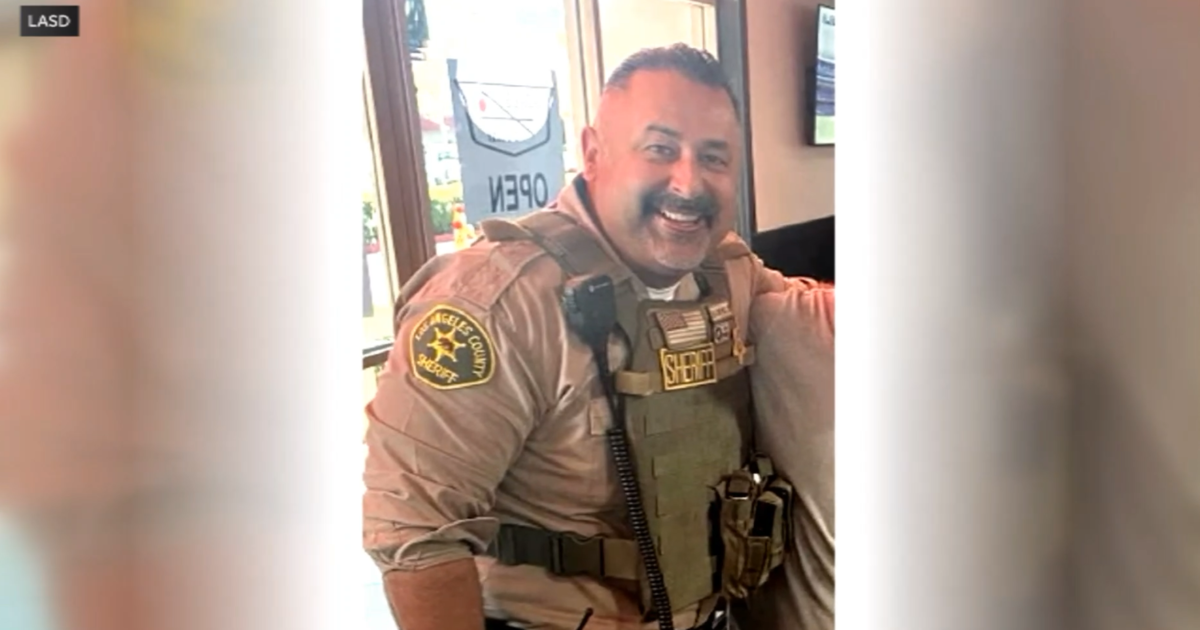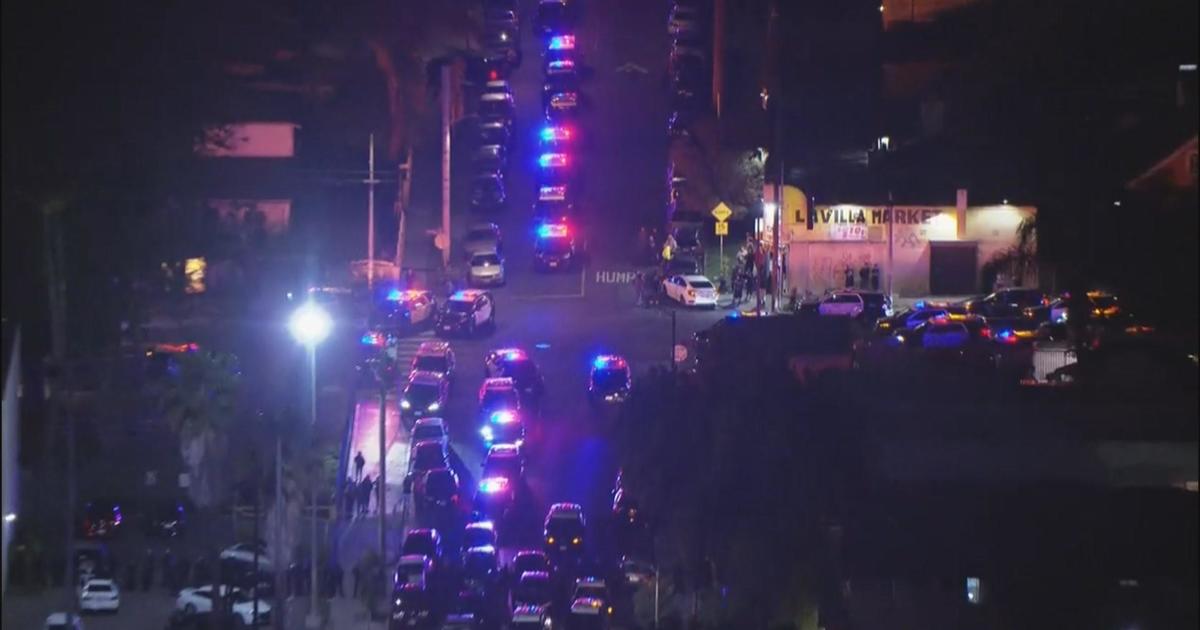Civil-Rights Groups Insist Police Are Becoming Too Militarized
LOS ANGELES (CBSLA.com) — The news has been punctuated by images of police aiming rifles at marchers in Ferguson, Mo., setting off a national debate about the use of force among law enforcement.
Many are asking why police, who have been showcasing substantial weaponry, are becoming too militarized. KCAL9's Dave Bryan has learned that police across Southern California have quite a collection themselves.
"We've seen a number of instances in which police departments receive training that suggests that they have, what we call, a warrior-type mentality," according to Kara Dansky, of the American Civil Liberties Union Center for Justice. "They think of themselves as engaging in a battle. The police are here to protect and serve, not treat our neighborhoods like war zones."
As the U.S. Defense Department winds down wars in Iraq and Afghanistan, they're making surplus battlefield-ready armored vehicles and other fighting gear available to law enforcement agencies in the United States.
The Covina Police Department is one of several in California that received an MRAP, a mine-resistant ambush-protected vehicle.
"The vehicle that we've had so far has been in operation for eight months. We've used it four times: we've used it twice on long-term barricaded suspects where the suspect inside the house was armed, and on two high-risk search warrants involving armed gang members," Covina police Chief Kim Raney said.
Since 2006, law enforcement agencies in Los Angeles County have received 3,408 assault rifles, seven armored vehicles, 15 helicopters and 1,696 pieces of body armor from the Defense Department program. Orange County law enforcement agencies have received 359 assault rifles, two armored vehicles, a helicopter and 257 pieces of body armor.
Raney said it's not the weaponry that matters; it's how and when that weaponry is used, and under what circumstances. "The key is not so much the equipment we have, because in our business, we have fluid situations that sometimes we can't script, and we have to respond to some really horrible situations.
"And we need access to some of that equipment to make sure we can resolve it, keep our officers safe and keep the public safe. The issue is how do we deploy that. Is it right to put it out front-line in a crowd control situation? Maybe not."
Peter Bibring, the director of police practices at the ACLU of Southern California, argues the fire power does make a difference.
"The tools that police have influence the tactics they take. When you have a hammer everything looks like a nail," Bibring said. "And when you're in military dress, with military equipment, instead of taking a community-policing approach, police are more likely to use heavy-handed, aggressive tactics that treat the police as an occupying force and the people that they serve as enemy combatants."
That sentiment triggers the memory of the 2007 May Day melee at an immigration rally at MacArthur Park. LAPD officers attacked the crowd with batons and fired rubber bullets after some protesters threw rocks and bottles at them.
The department paid out more than $13 million in damages.




